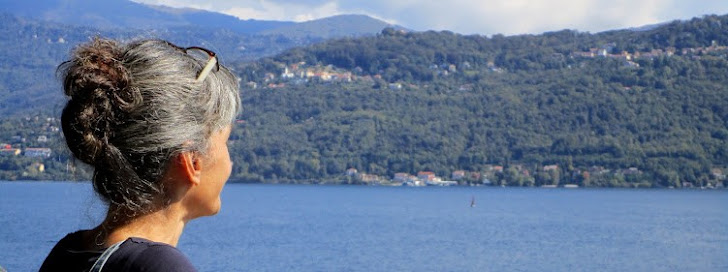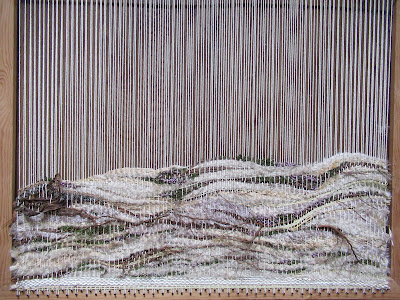"Will the Anthropocene then name a geological epoch when no humans will be around to think it?" T. J. Demos (2016). Chapter VII - Gardening against the Apocalypse. in Decolonizing Nature. Contemporary Art and the
Politics of Ecology. Image by Monica Pinheiro, license CC BY-NC-SA ( CC
).

"More than conversation at the interface, it is creative assemblages like these that explore and elaborate the particular dynamic capacities that digital media afford and the ways that through them humans and machines can perform interesting new effects (...) in uniquely particular ways." Lucy Suchman (2009). Human-machine reconfigurations: plans and situated actions.
Showing posts with label Anthropocene. Show all posts
Showing posts with label Anthropocene. Show all posts
Nov 1, 2021
November
by
Monica Pinheiro
0
comments
 Labels:
Anthropocene,
Cortaderia selloana,
pampas grass uses,
tapestry
Labels:
Anthropocene,
Cortaderia selloana,
pampas grass uses,
tapestry
Dec 13, 2020
Underland

“We find speaking of the Anthropocene, even in Anthropocene, difficult.
It is, perhaps, best imagined as an epoch of loss – of species, of places and
people – for which we are seeking a language of grief and, even harder to
find, a language of hope.” Robert Macfarlane (2019). Underland: a deep
journey.
Photo of tapestry (81 x 90 cm) by Monica Pinheiro, license CC BY-NC-SA (CC) 2020.
Dec 25, 2019
December
"Applying ourselves to minimize human suffering and the loss of species by making every efford to limit the coming chaos under rapid climate change is critical now and over the coming decades. The task is to first acknowledge the destructive power that human actions can have and then move rapidly to transform our energy and economic systems to limit the damage." Simon L. Lewis and Mark A. Maslin (2018). The Human planet: how we created the Anthropocene. A Pelican book. Image by Monica Pinheiro, license CC BY-NC-SA (CC).
Dec 24, 2019
December
"Rewilding is about an act of unbounded restoration, and an act of mitigating against the negative impacts of rapid environmental change in the Anthropocene." Simon L. Lewis and Mark A. Maslin (2018). The Human planet: how we created the Anthropocene. A Pelican book. Image by Monica Pinheiro, license CC BY-NC-SA (CC).
by
Monica Pinheiro
0
comments
 Labels:
Anthropocene,
books,
mitigation techniques,
resilience,
rewilding
Labels:
Anthropocene,
books,
mitigation techniques,
resilience,
rewilding
Oct 19, 2019
October
"In narrative terms, the Anthropocene began with widespread colonialism and slavery: it is a story of how people treat the environment and how people treat each other." Simon L. Lewis and Mark A. Maslin (2018). The Human planet: how we created the Anthropocene. A Pelican book. Image by Monica Pinheiro, license CC BY-NC-SA (CC).
Subscribe to:
Comments (Atom)



